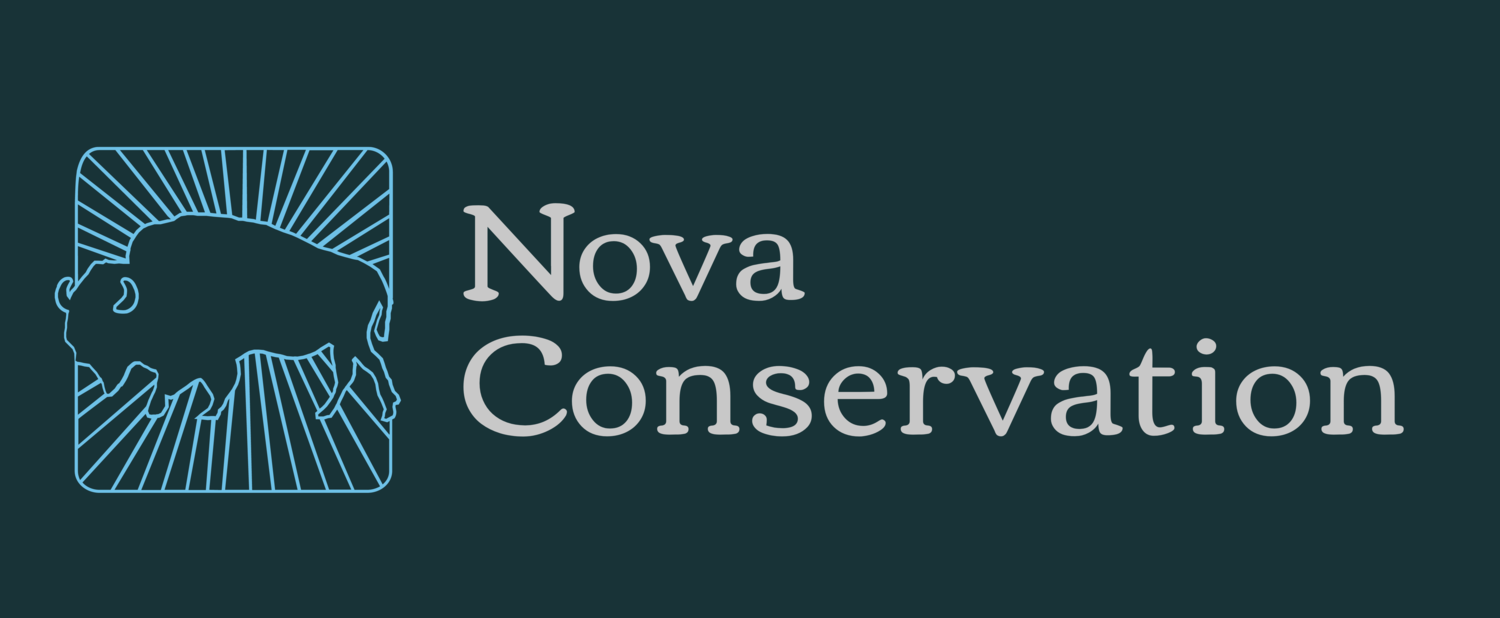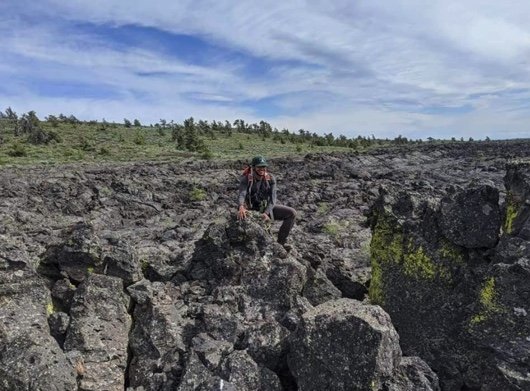Different Colors In The Forest: The Reality Of Being A BIPOC In Conservation
Growing up – and still today – I have found being a black and biracial person in wildlife biology not only means I am constantly vigilant of how others perceive me — but also of how I see myself. BIPOCs (black people, indigenous peoples and other racial minorities in America) have long been subject to violence, oppression and discrimination in all aspects of life, and the outdoors is no exception. Many of our prized public spaces were created with the intent of displacing native peoples and excluding minorities from participating in outdoor recreation activities (Askew and Walls, 2019). This, plus other socioeconomic barriers and discriminatory hiring policies, means many BIPOCs have been prevented from pursuing careers in wildlife research and management.
A lot of entry-level environmental jobs are in predominantly white rural areas, often difficult to access without a personal vehicle. In these locations you run the risk of encountering prejudiced local residents who do not take kindly to non-white people. From my experiences bouncing between field jobs, I can sadly attest these barriers are real.
James holding a red-headed woodpecker
Professionally and recreationally I have been subjected to prejudice behaviors. I can’t count the number of times I’ve been the target of rude, unwarranted glares both while working in the field and while hiking or in public. There have been instances where wildlife professionals and others have only addressed my white coworkers — and deliberately ignored my presence. And I have had multiple experiences where I’ve been concerned for my own safety. In the past I have had encounters with racist landowners, who threatened violence or legal action if I didn’t leave the area even though I was never trespassing in any circumstance.
Many of the places where I’ve worked haven’t been welcoming to individuals like myself. I remember working in North Georgia, where I found myself in awe of mountains, forests and wildlife, only to have my spirits quelled by the sight of a Confederate flag. The fact is plain: Racist attitudes still persist across many places in rural America.
The recent increase in the visibility of BIPOC individuals in our field offers hope
These realities are discouraging, to say the least. Many of my peers in the environmental field empathize with the struggles I and other BIPOCs have encountered while pursuing our careers. The inaccessibility of this career field plus the systematic barriers BIPOCs face starting careers in STEM has resulted in an overwhelmingly white field of professionals (Funk and Parker, 2018). Most individuals I know in wildlife conservation are white. But I am not without hope.
I bemoan the negative experiences I have had performing fieldwork and recreating outdoors on account of my race. But I have persevered to continue doing what I love regardless of the adversity I face, as many other BIPOCs do. As racial issues came to a head last summer, many BIPOCs involved in wildlife research began to speak up about systematic racism in conservation and STEM. This gave rise to numerous initiatives to increase the visibility of BIPOC individuals in environmental science.
New BIPOC Conservation Awareness Weeks
One of these was the first ever Black Birders Week (Mock, 2020) and Black Mammologists Week (Kobilinsky, 2020). Both of which aided in increasing awareness of the contributions of BIPOC researchers to the conservation field, as well as illuminating the issues we face and the steps we must take to make careers in wildlife science more accessible to aspiring minority scientists and conservationists. Some organizations like Mosaics in Science have offered internships to minority students specifically designed to advance their careers with federal agencies. Research departments at many universities are also encouraging people of underrepresented backgrounds to join their programs as graduate students.
James’ advice? Push forward and never stop doing what you love.
While positive changes are being made, the road ahead is still long and difficult. Making the field of wildlife conservation and the wild places where conservation work is done more accessible and welcoming to BIPOCs will require tremendous — but necessary — effort. While the racism I have experienced in my career saddens me, I am undeterred. I know together we can overcome these barriers and create an inclusive conservation career field.
My motivation to pursue my conservation career has increased despite the difficulties I have faced. I will not be discouraged from doing what I love. All BIPOCs have a right to work in the field free of discrimination and hatred. I hope others like me will know this truth, too.
Follow me on Instagram @jamesleeeeinthewild or on Twitter @jameslywildlife
References
Reyna Askew and Margaret A. Walls, 2019. Diversity in the Great Outdoors: Is Everyone Welcome in America’s Parks and Public Lands? Resources Magazine. Retrieved from https://www.resourcesmag.org/common-resources/diversity-in-the-great-outdoors-is-everyone-welcome-in-americas-parks-and-public-lands/
Cary Funk and Kim Parker, 2018. Diversity in the STEM workforce varies widely across jobs. Pew Research Center. Retrieved from https://www.pewsocialtrends.org/2018/01/09/diversity-in-the-stem-workforce-varies-widely-across-jobs/
Jillian Mock, 2020. ‘Black Birders Week’ Promotes Diversity and Takes on Racism in the Outdoors. National Audubon Society. Retrieved from https://www.audubon.org/news/black-birders-week-promotes-diversity-and-takes-racism-outdoors
Dana Kobilinsky, 2020. In Black Mammalogists Week, tackling inclusion in new taxa. The Wildlife Society. Retrieved from https://wildlife.org/in-black-mammalogists-week-tackling-inclusion-in-new-taxa/





